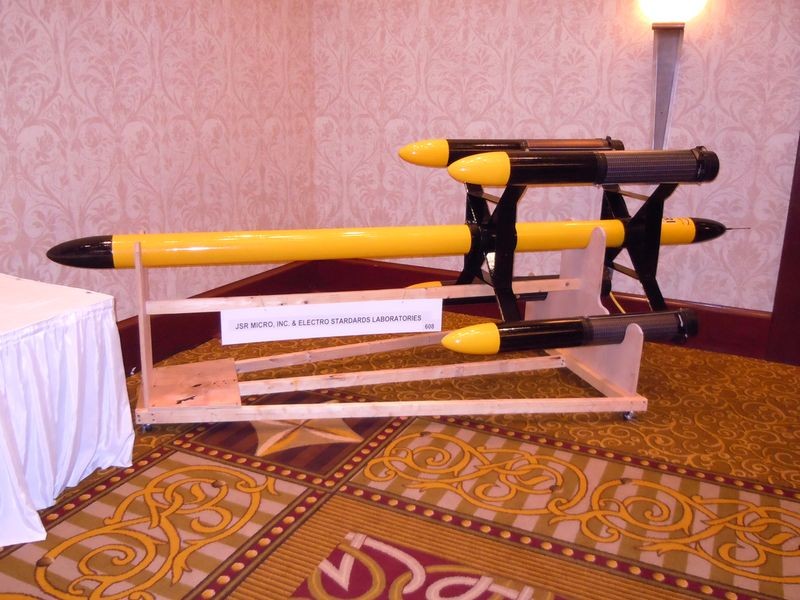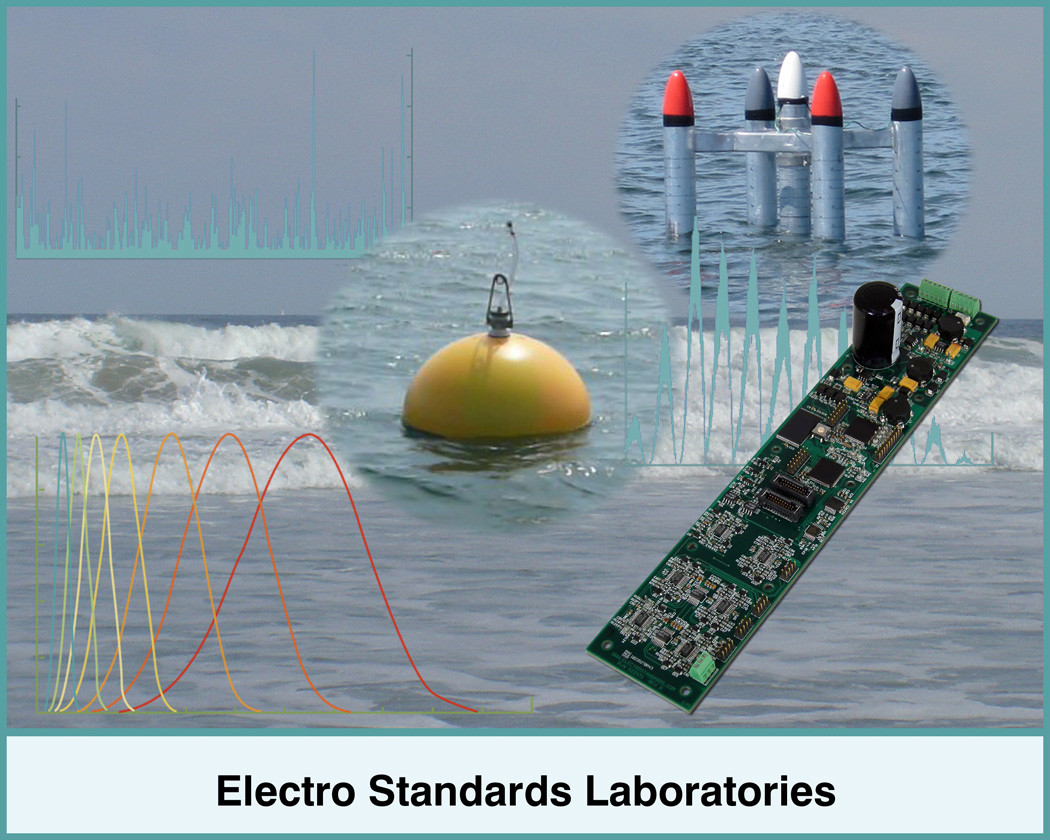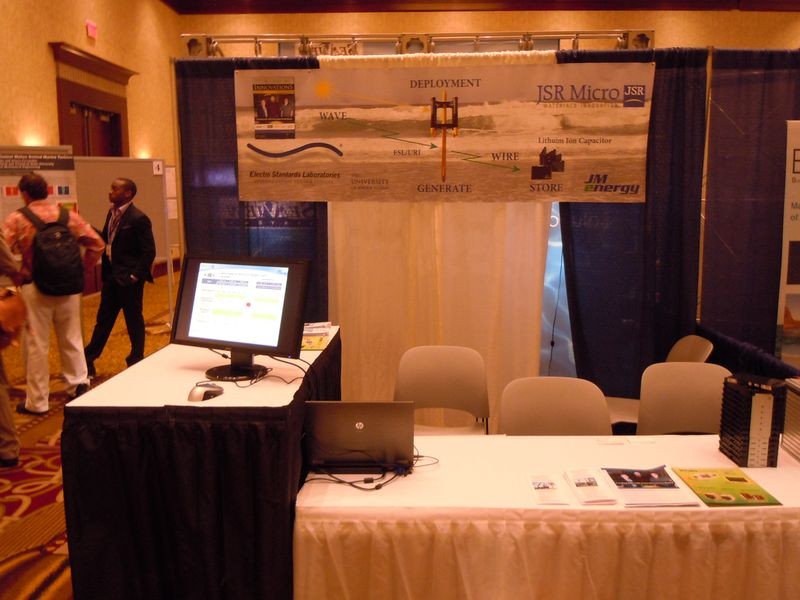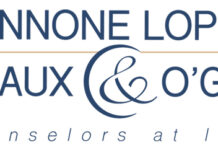FOR IMMEDIATE RELEASE
Electro Standards Laboratories (ESL), Cranston, RI and JSR Micro headquartered in Sunnyvale, CA, recently co-exhibited at the 2013 Energy Ocean International Conference in Warwick, RI. Over 275 attendees from 14 countries were in attendance for this insightful and informative event.
Doug Gemme, an Ocean Engineer from ESL’s Research and Development Group, provided an informative presentation on the research that has been performed in collaboration with the University of Rhode Island (URI). The purpose of the research was to develop Ocean Wave Energy Harvesting Systems to power remote buoys equipped with sensor arrays as well as the electronics for processing and communications. Many existing remote ocean-based sensor platforms currently are powered by batteries or by batteries in combination with solar power. As a solution to augment or replace any of these electrical-power-providing systems deployed in the ocean environment, power harvesting from ambient ocean wave energy becomes a viable option.
The ESL and URI team developed two types of power systems, a direct drive system and a resonant drive system. The direct drive system provides power from the differential motion between the buoy float and a submerged resistant plate. The resonant drive system amplifies the generator’s armature motion at the peak period of the sea state. Scale model testing has been performed in the URI Department of Ocean Engineering wave tank as well as at the mouth of Narragansett Bay. One of the ocean buoys designed by ESL and URI was on display in the exhibit hall.
The buoy system design is customized and scalable (1-250 W) and can be suited to moored or drifting applications. The targeted applications for this technology include recharging stations for UUV (Unmanned Underwater Vehicles), elimination of batteries, replacement/augmentation for solar power, sonar listening stations, weather monitoring buoys, wave monitoring buoys, Tsunami warning stations, and port monitoring.
The buoy system was designed using JSR Micro/JM Energy’s Lithium Ion Capacitor (LIC), ULTIMO™ for energy storage. ULTIMO™ uses hybrid technology to provide improved energy density of 12Wh/kg or 20Wh/L, which is two to three times greater than conventional EDLCs (electric double-layer capacitors). LIC’s are ideal for wave-generated energy storage due to their high cycle life (up to 1 million cycles), long calendar life, low internal resistance, and slow self-discharge rates. ULTIMO™ is also an extremely safe option because it does not have thermal runway and features a low lithium content. ULTIMO™ is an excellent energy storage solution for frequent high energy pulses common in energy harvesting generators. LICs provide an initial energy storage buffer that allows for ramp control and power smoothing, regardless if the energy is used immediately (exported) or stored in a long term energy storage device.
For more information on Ocean Wave Energy Harvesting technology, contact ESL at 401-943-1164, eslab@electrostandards.com, or via the ESL Website, www.electrostandards.com. For information on the ULTIMO Lithium Ion Capacitor, contact Jeff Myron/JSR Micro at jmyron@jsrmicro.com or visit the JSR Micro website at www.jsrmicro.com.













